Unusual Pets A-M ...... continuing N-Z:
N is for Naegleria, newt, narwhal
Naegleria fowleri is a very tiny amoeba which is actually rather widely distributed, but fortunately only causes problems rarely, but when it does, the results are horrendous, and usually fatal. It is sometimes referred to as the brain-eating amoeba”. When it enters the nostrils it migrates up into the brain tissue and reproduces there in incredibly large numbers. It produces a form of meningoencephalitis. The disease is rare, but, as noted, deadly. The organism is found in warm ponds, lakes, soil, and in most any warm water which is not adequately chlorinated. It is a strange beastie in that it has both an amoeboid and a flagellate stage, as well as a cyst stage when conditions become unsuitable. One might describe this as a devout “until death do us part” organism, if you’re looking for a “forever” companion. The image below shows all three stages.
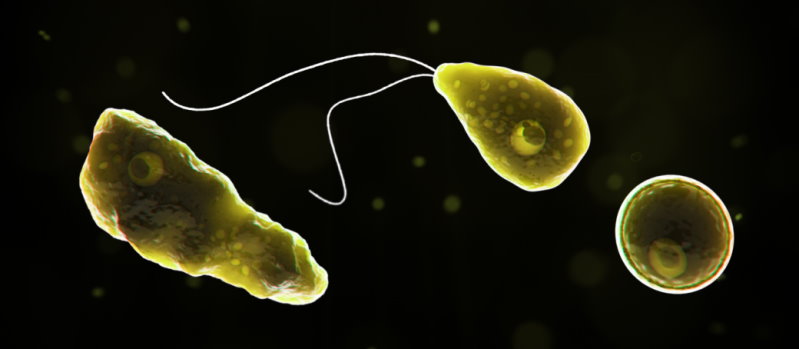
The Narwhal is one of those marvelous creatures that one could easily think of as mythic. Their twisting tusk is actually an elongated tooth and usually occurs only in the males. They are threatened by Killer Whales and, of course, humans, who like the tusks. When undisturbed in a suitable cold Northern sea they can survive for a bit more than 100 years. They reach a length of from 13 to 18 feet and weigh in at from 1,700 to 3,500 pounds. So, if you want to keep one of these as a pet you’re going to need a big fish bowl and lots of fish and shrimp to feed it. Also, if you want to cuddle with it you’re going to need to invest in SCUBA equipment. So, you might just have to settle for a tusk at between $3,000 and $12,000, but you better be sure you do the proper paperwork or it could cost you much, much more.
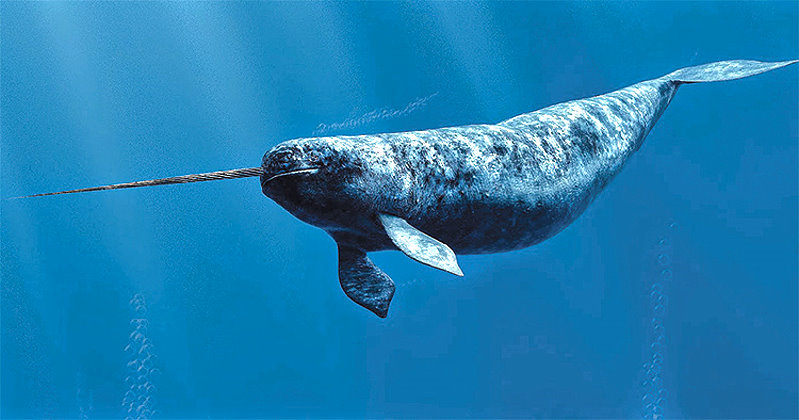
It is not terribly uncommon to find newts kept as pets. Newts are salamanders and there are many species, each having different needs and care requirements. However, one should be aware that these are not interactive pets; they don’t cuddle, but if you are primarily interested in watching them and noting their behavior, they can be quite interesting. Key factors in their thriving are a suitable diet and a proper setting. These can be very complex and they vary from species to species. Most salamanders, even with proper care, last only about a decade, but some species may survive 3 or 4 times that long. So, if you get one while you are in high school, you may have to take it to college with you and then on to your office cubicle. One of the attractions as you can see in the 2 images below is that they are quite colorful creatures.
COST: $15 TO $100

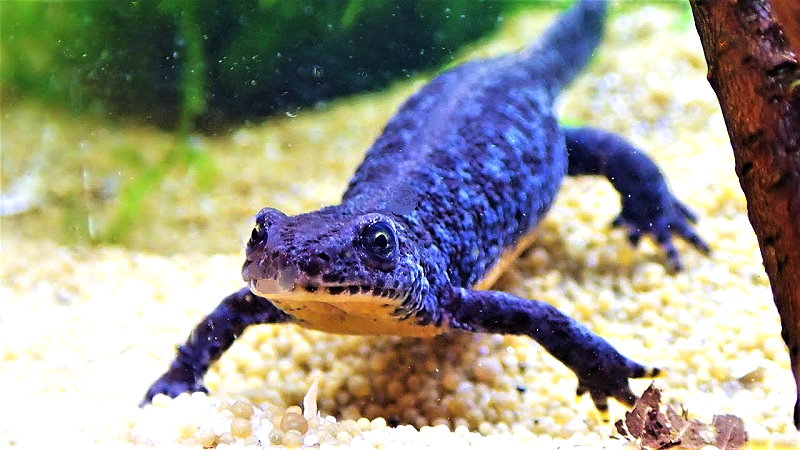
O is for Opalina , Ocelot, opossum, otter, okapi
Opalina is a commensal ciliate which lives in the intestines of frogs. They lack a cystostome (mouth) and absorb dead matter for nutrition. They are multinucleate. Taxonomically, they are not secure and have been moved around a bit. So, if you want these for pets, you have to have pet frogs as well.


Opossum are, as you doubtless know, marsupials. They tend to live in small families and wander to areas where they can find food and water with minimal effort. They are nocturnal and we have an expression which is embedded in English: “playing possum” meaning to pretend to be sick or dead. Alternately, they can react by baring their teeth, frothing around the mouth, and secrete a foul-smell from anal glands. The young sometimes cling to the mother tightly and remain there even while she is moving around. Some people keep short-tailed opossums as pets, but given the characteristics described above, they are not really ideal as candidates for pets. They are after all wild animals and some may succeed in establishing a compromise relationship with them, but it is a demanding task.
COST: In many states in the U.S., it is illegal to own any wild animal without proper permits. So, if you are obsessed and slightly demented, be sure to take care of the legal requirements or face potentially considerable fines.
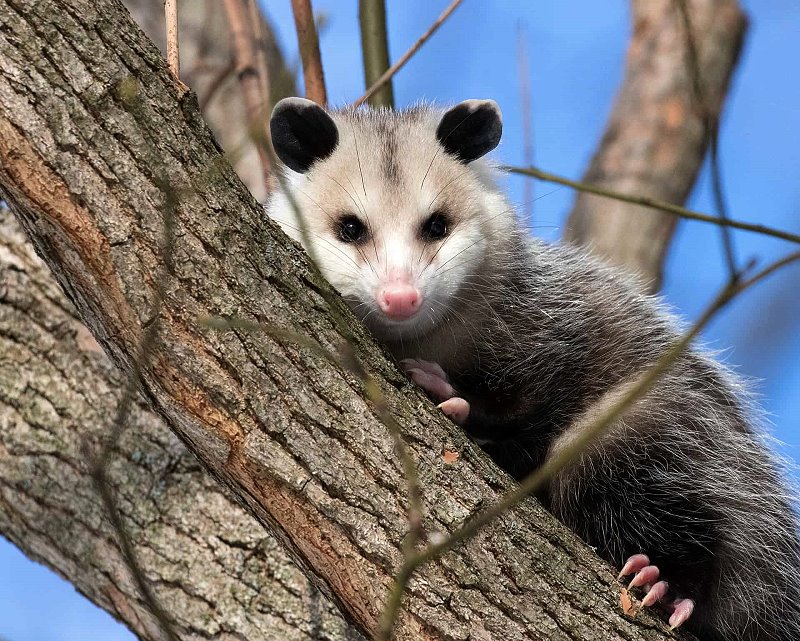
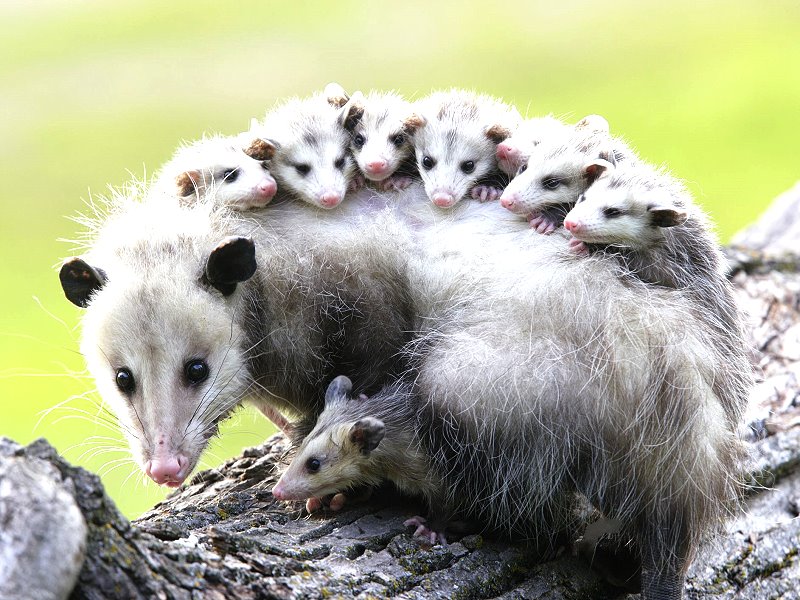
Otters are mammals which either live near or in water. They are active hunters and require a range of territory which will offer them ample food. Otters are playful creatures in their own groups and manifest behavior which certainly indicates enjoyment. However, when threatened, they can become aggressive and will, on occasion, even attack humans if disturbed and cornered. They have been hunted since at least the beginning of the 18th Century and probably long before that. Their pelts were prized and royalty and the wealthy often wore items made from these pelts as status symbols. Trying to keep otters as pets is not good for the animals as they are used to living in family groups and become withdrawn and even aggressive when deprived of social interaction. While they are charming and wonderful creatures to observe, it is not desirable to isolate and essentially imprison these lovely creatures. They are best left to their natural habitats where their delightful behavior can be observed in their living habitats.
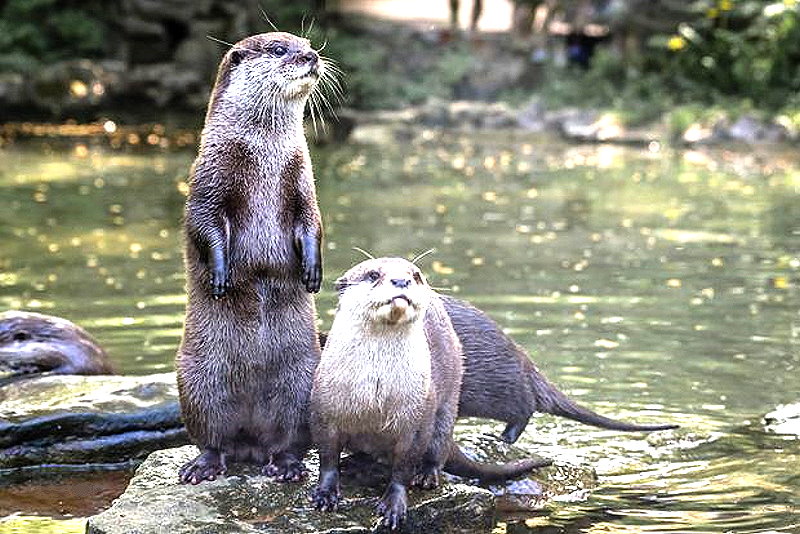
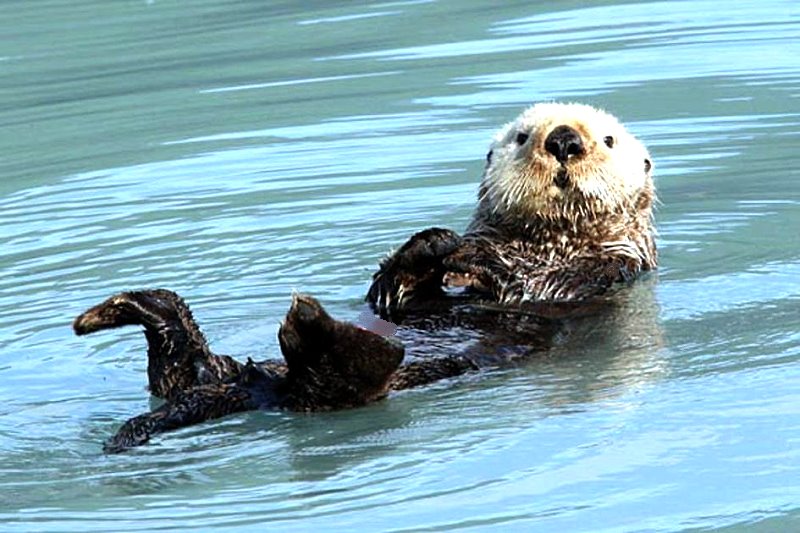
P is for Paramecium, pangolin, python
Paramecia are among the most common of the ciliates and yet are quite unusual in many respects. In an earlier article, I look at some of the ways in which this is the case, if you’d like some details.
They culture readily and can be kept for long periods of time. So, I recommend always having them on hand as that will provide you with a source of live specimens to experiment on whenever the urge strikes. Just be sure to talk to them at least once a week so that they don’t get lonely.
The first image shows you a specimen with an abundance of crystal inclusions. The second image shows clearly the 2 contractile vacuoles and the canals which feed into them.
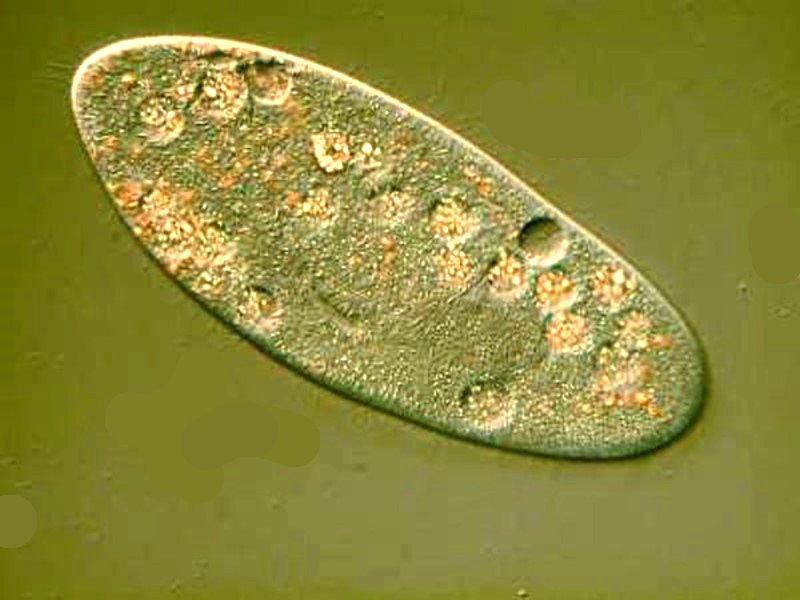
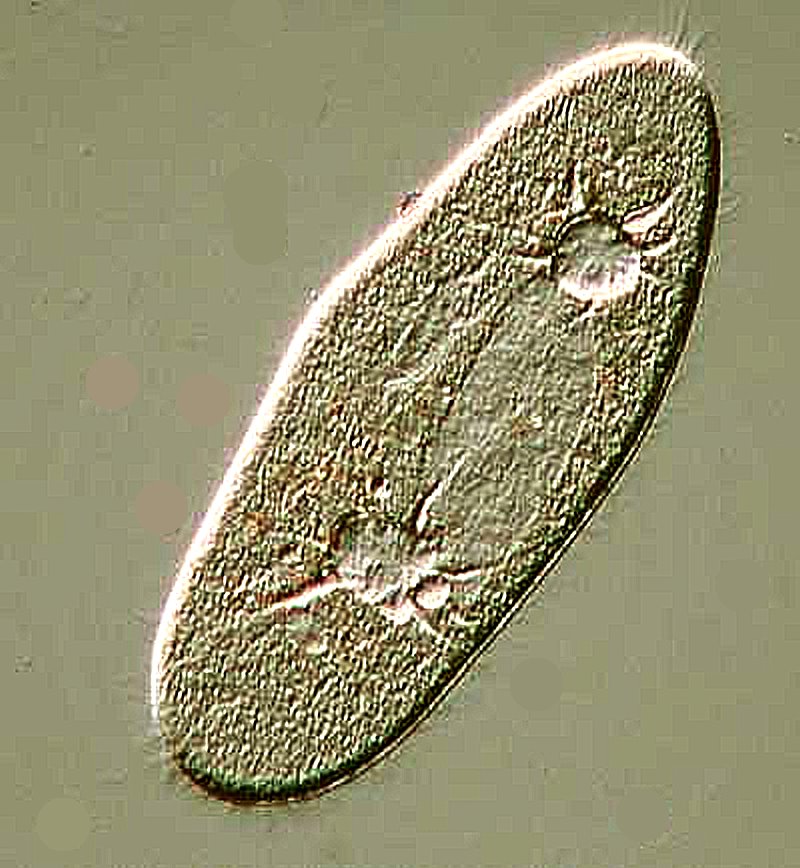
Next up is the scaly anteater or Pangolin which, as anteaters go, is rather cute. They are found in central and southern Africa and in southern Asia, especially India and China. The scales are overlapping and made of keratin and are sharp thus serving a defensive purpose. They have been used in Chinese medicine for centuries. Pangolins can roll themselves up into a ball which makes them more difficult for predators to attack. In addition, they can release a foul substance from glands located near the anus. The meat of pangolins is highly regarded especially in China where they are sold in markets. They have been captured and traded to such an extent that many are now listed as threatened or endangered species.
When the COVID-19 virus was reported, there were indications that Pangolins might be an intermediate vector, bats perhaps being the primary source. However, at the meat market in Wuhan where many wild animals are sold, pangolins are not among the offerings, at least, not over the counter. They are protected as all the species are at risk.
So, in spite of their captivating appearance, pangolins do not make good pets and it is illegal to possess them in most places. Illegal trafficking in these poor creatures, nonetheless, thrives.

Next, Pythons. In countries in Africa and southeast Asia, python skin is used in the fashion industry to make all kinds of items such as belts and boots. The ball python (also know as the Royal python) is popular as a pet. They are not aggressive and do not grow into large animals like some of their cousins. If you are fond of other small pets, like mice, gerbils, hamsters, baby rabbits, or chicks, then pythons may not be for you. From the python’s point of view, these are nice, hearty meals. If you do have the fortitude to do live feedings, you need to supervise, because these intended morsels also have surival instincts and can struggle fiercely and wound the python. However, there are alternatives since, believe it or not, you can acquire those food items frozen and prepare them for your snake, carefully following the instructions, of course.
COST: $100 to $500 on average, but can be much higher. Then there is also the cost of providing a proper environment and the cost of the food. So, exotic as they may be, they ain’t cheap.

Q is for Querquedula, Quetzal, Quokka
Try as I might and, believe me, I did try and try and try. Some people say that I’m quite trying. Anyway, I couldn’t find a micro- or small macro-critter that begins with “Q”. I thought of fudging a bit and searched for Queensland amoeba and it produced the result of “Naegleria fowleri” which we already discussed above. Furthermore, I felt that I didn’t want to dissemble, so I decided on one incredibly elegant bird and what may be the cutest animal of all time. Then, I had yet another thought beyond the Internet. I went to my old beloved copy of Kudo’s Protozoology and there, lo and behold, I found a protist which begins with “Q”–Ha, take that Jeff Bezos with all your super algorithms and search engines! In the index of Kudo, I found Querquedula, so that’s where we’ll start. I’ll still keep Quetzal and Quokka because they’re just so incredibly special.
First, Querquedula which is a sporozoan found in the blood of the blue-winged teal. The haemosporida are transmitted to vertebrates by insects where they then take up residence in the blood cells. I couldn’t find any images, but you don’t care pet-wise anyway, unless you’re a blue-winged teal.
Next, the resplendent Quetzal which is found in the cloud forests of Central America. These are known for their magnificent tails, the streamers of which can be up to 40 inches in length. They are marvelously colored and their iridescent feathers allow them to blend in wonderfully with the coloration of the canopy where they are to be found. They also have a pleasing song. As for being pets, quetzals simply cannot live in captivity. So book a cruise or a flight to Central America, find a guide who will take you up into the cloud forest, and enjoy the quetzal in its native habitat.
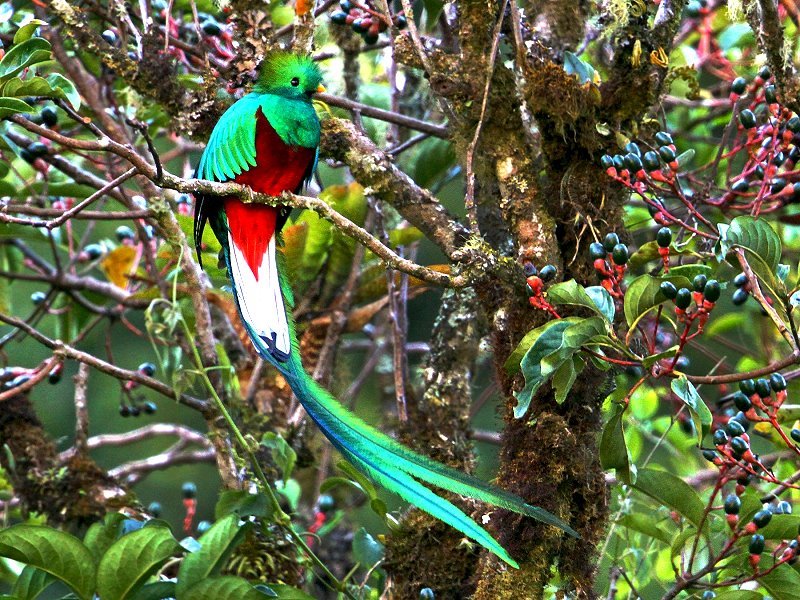
Now, one of the greatest delights of the animal world–the Quokka. These unbelievable little creatures are found in the islands off the coast of Western Australia. They are marsupials and despite their appearance, they are wild animals. It is illegal to own one; it is illegal to handle one in any way; and it is illegal to feed them any human food and a fine of $300 can be imposed. Quokkas are primarily herbivores, but supplement their diet with insects and snails. Human food can make them very ill. They have little fear of humans and often approach them out of curiosity. However, there are instances of their inflicting severe bites when startled or if they feel threatened. Furthermore, a $50,000 fine and 5 years in prison can be levied in cases of animal cruelty. On top of that they have a high infection rate of Salmonella. So, clearly the rule here is look and enjoy; take pictures, but DO NOT TOUCH. I know it’s hard to believe that these cuddly little guys can’t come home with you, but Mother Nature has a strange sense of humor.
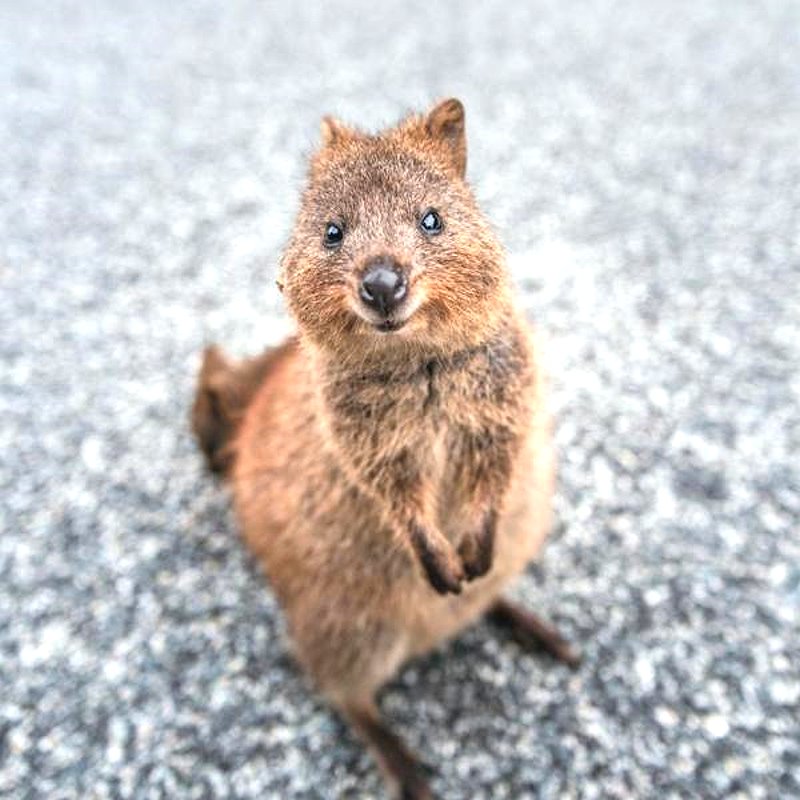
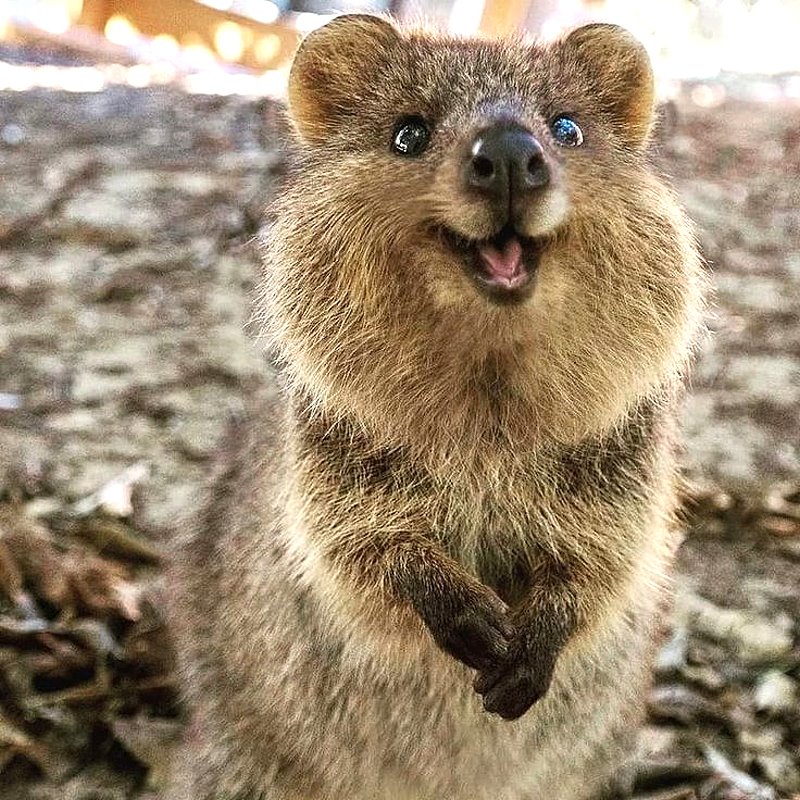
R is for Raphidiophrys, Racoon
Raphidiophrys is a heliozoan amoeba which exhibits some quite unusual behavior. They are an interestingly eccentric genus of amoeba which from time to time form “street gangs”, that is 3,4,5,6 of them will bunch together using their long acicular (needle-like) pseudopodia to form an efficient cooperative “net” for capturing prey, then after sating themselves, they separate and go back to being individual thugs looking for other organisms to mug and devour. The first image is one which I took with an old Polaroid Microscope camera years before I had a digital camera. The second is an image (probably using Nomarski) from the Internet. These clearly do not make good pets because they are fickle; after hanging out with you for a bit, they go off and go clubbing with their friends.
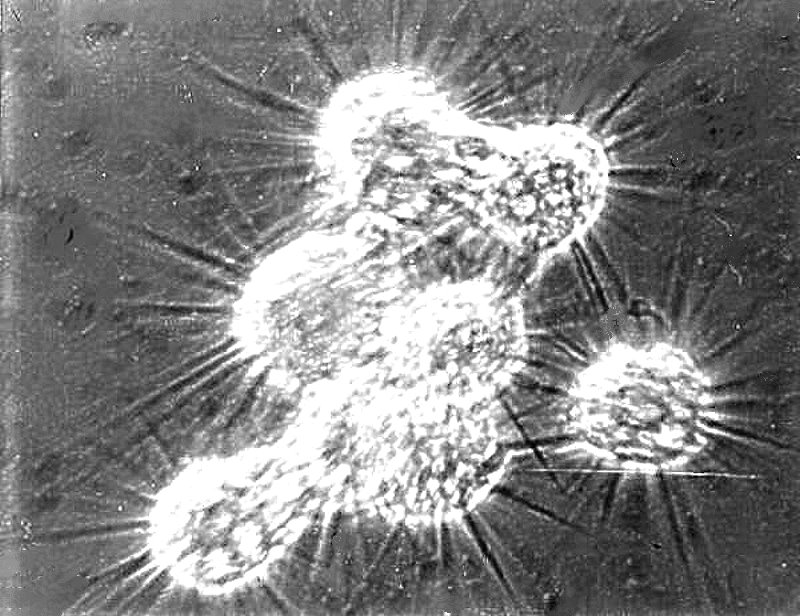

Next, Raccoons or as they are often known the “masked marauders” or “trash pandas”. They have an appealing appearance, especially when they are small. They can get quite large some weighing over 50 pounds. The mask is thought by its absorption of light to reduce glare, thus increasing the efficiency of its night vision. Raccoon males have a penis bone or baculum. Raccoons are subject to rabies infections which they can transmit by biting. In some ways, these creatures are appealing as they are highly intelligent, clever, curious, and resourceful. They are mischievous, but easily turn aggressive and can inflict a severe bite. They are unpredictable and are not responsive to commands or discipline.
COST: Many places make it illegal to own a raccoon. If you do find a source for purchasing one the basic price ranges from $300 to $800 . That’s a lot to pay for a “pet” that can shred your furniture, drapes, ransack your kitchen cupboards, turn over your indoor garbage cans, and suddenly have a fit of pique and turn very nasty and inflict serious wounds. So, I would counsel–Only masochists need apply for racoon ownership.
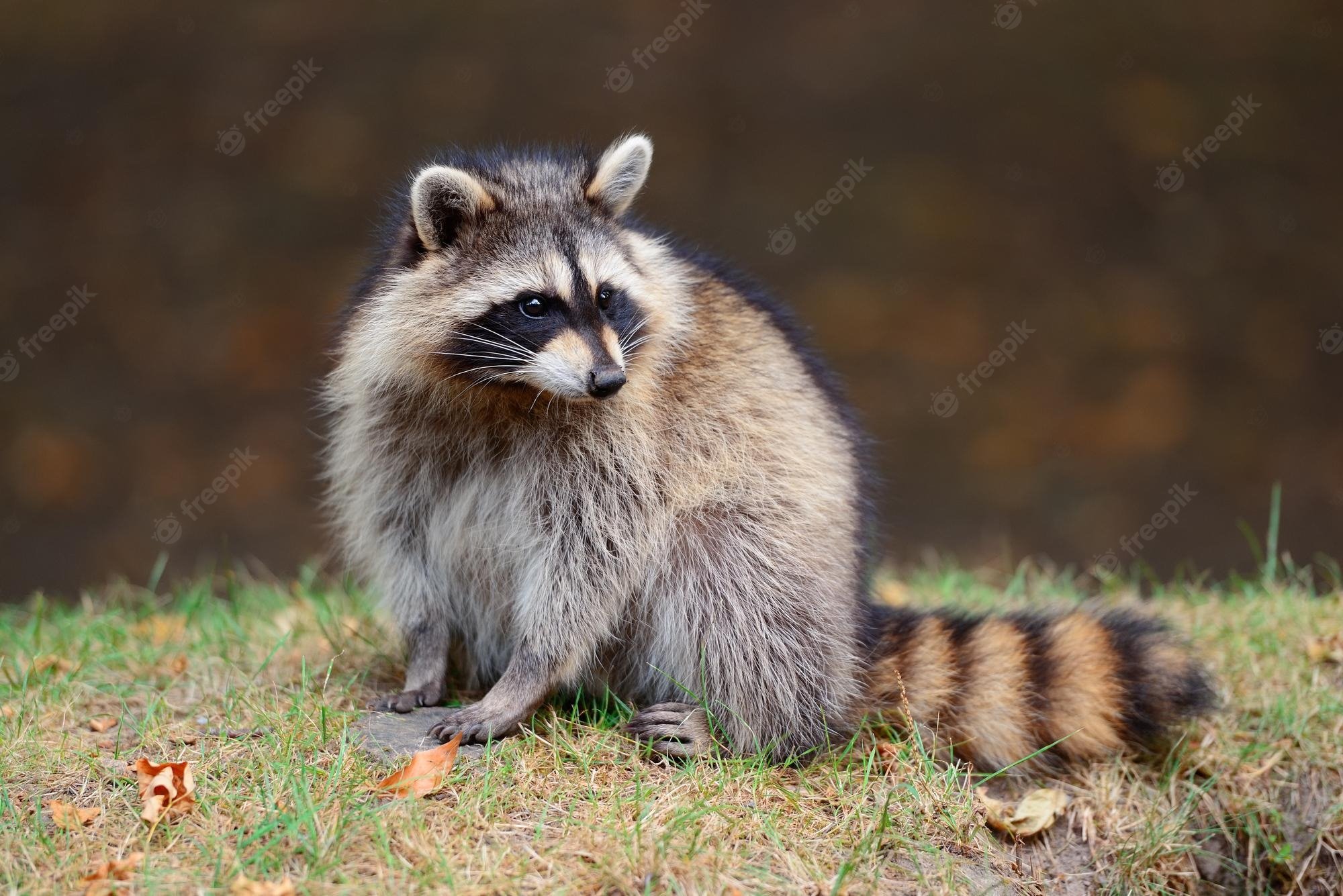
S is for Spirostomum, scorpion, shrew, Serval
Spirostomum is another of those ciliated thingies and this one has a species that has one of the very largest species of all the ciliates–Spirostomum ambiguum can reach a length of 4000 microns. You can see them with the naked eye (can one say “nude eye”?–funny language, English). This organism is astonishingly contractile and as Wim van Egmond points out “One of the remarkable things of Spirostomum is the way it can contract. The organism can contract it's body to 1/4 of it's length in 6-8 millisec which is the fastest contraction known in any living cell. When observing the creature under the microscope it is easy to watch the contraction by gently touching the sample.”
It has a long beaded nucleus and a very long posterior contractile vacuole which you can see in the 2 image below which I took while the organism was feeding on bacteria in the surrounding detritus.
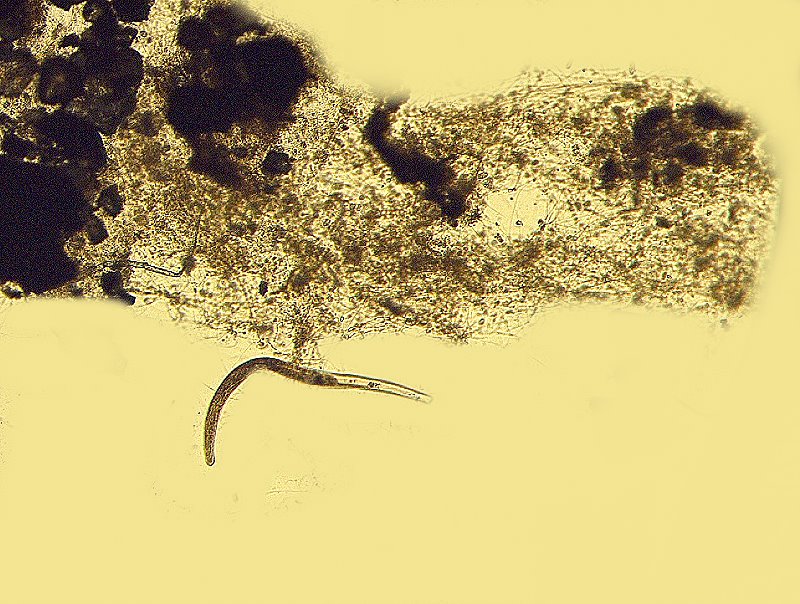

These do not make good pets since the merest touch causes them to contract and withdraw.
I am going to indulge myself again because of a little anecdote which I would like to relay, so we’ll take a look at a scorpion.
Scorpions are arthropods and are generally rather reclusive and tend to attack only when threatened. Their toxicity varies considerably and the “fat-tailed” and bark scorpions are especially to be avoided. There is a site which talks about the 8 (count them, 8) scorpions which are best to keep as pets. There is a site which has a list of possible names for your pet scorpion. Chacun a son gout! All of this by way of leading up to a story about the Norwegian playwright Henrik Ibsen. He is known to have kept a live scorpion in an overturned beer glass on his desk. He is reputed to have pushed bits of plum under the glass for the scorpion to sting, thus relieving itself of its poison and Ibsen likened his writing to that process.
Keeping a scorpion as pet, beginners are recommended to try the Emperor scorpion. Feeding involves insects, mealworms, roaches, and crickets. Scorpions require freshwater, a clean habitat, and should be fed at night since they are nocturnal.
COST: $25 to $100. Add in the various insects needed for feeding.
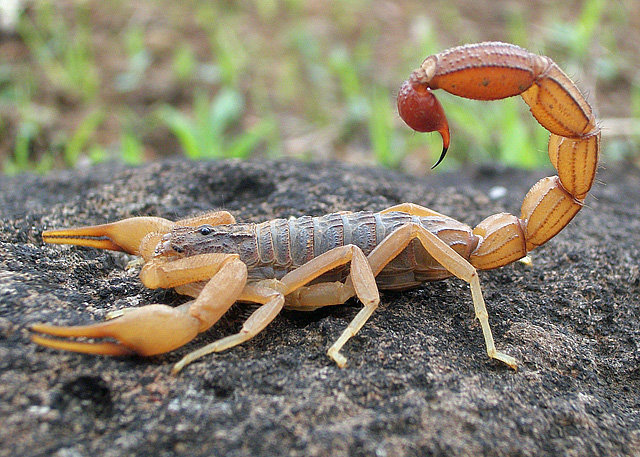
Shrews have a reputation for being vicious and they are indeed aggressively territorial. Their general appearance is that of a long-nosed mouse, but they are not rodents, but are close relatives to hedgehogs. They are all very small, but are not to be underestimated. Some possess venom; the sharp teeth are grooved, and the venom mixes with its saliva thus infecting the wound. Incredibly they can and do attack mice, scorpions, and small snakes and the shrew is generally the victor. These incredibly odd tiny animals are also thought, in some species and in some instances, to use a kind of echolocation as a means of orientation rather than for finding food. However, shrews use their venom for capturing, paralyzing prey, and storing it alive for future meals..
These are creatures which must feed constantly and they don’t feed every few hours, they will die. This is because of an unbelievable metabolism that can lead to a heart beat of over 1000 beats per minute!! Shrews do not make good pets, just ask Shakespeare.
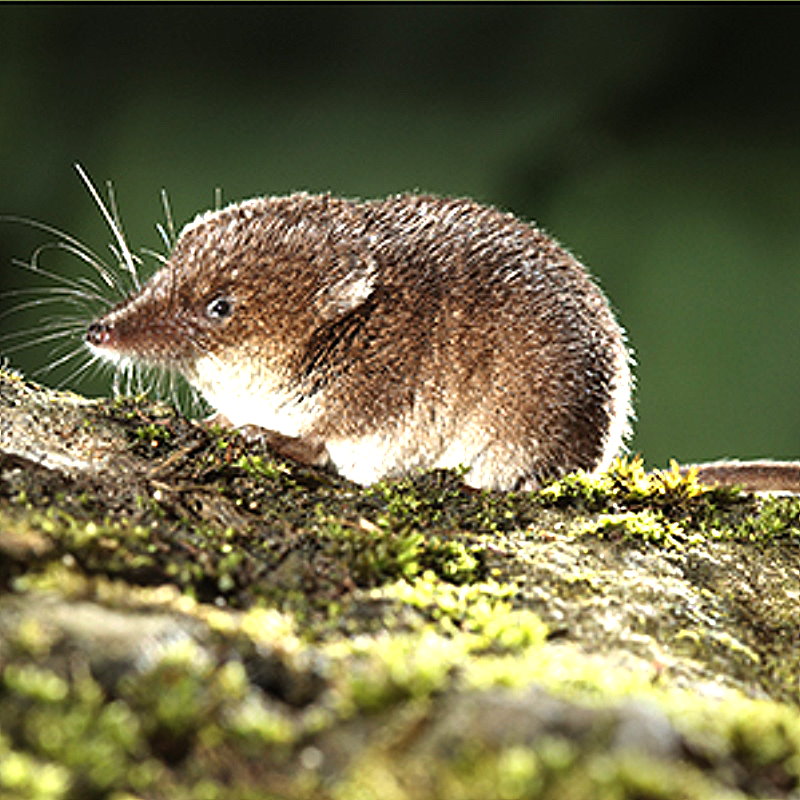
Next the Serval which is a wild cat found in Southern Africa. It is a carnivore and feeds primarily on small prey; it is capable of incredible leaps into the air, then landing on its prey, which like many other felines, it kills by a bite to the neck or head. It has been around for a long time associating with humans and there are depictions of it from ancient Egypt. They are not a reasonable choice as a pet and have been classified as dangerous wild animals under a 1976 Act. They even look ferocious and not cuddly.
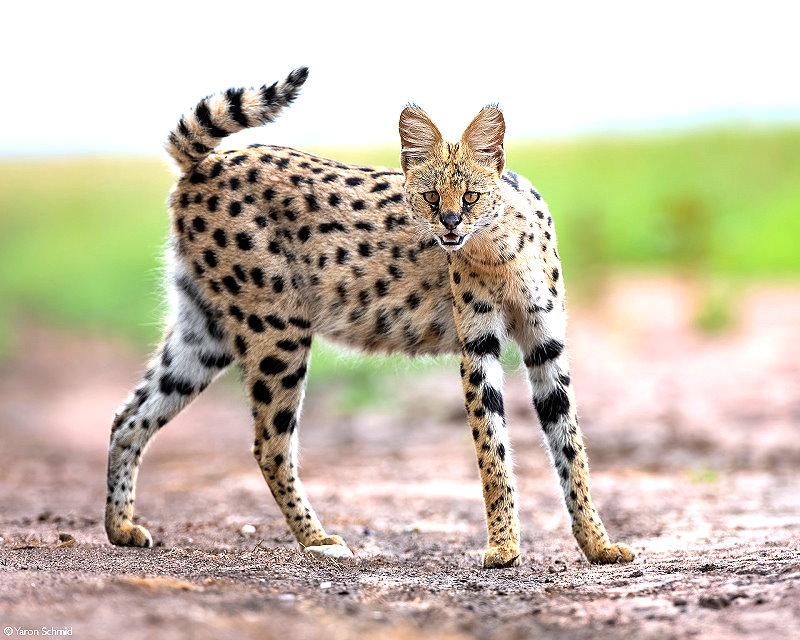
T is for Trypanosome, Toucan, Tasmanian devil
Trypanosomes are blood parasites and are transmitted by insects. One of the most notorious is Trypanosoma brucei which causes “sleeping sickness”. Slave traders rejected Africans infected with this disease because they regarded them as lazy. Trypanosomes are not a desirable pet unless you have insomnia. However, I think the ultimate advice regarding insomnia comes from W.C. Fields: “The best cure for insomnia is a good night’s sleep.”
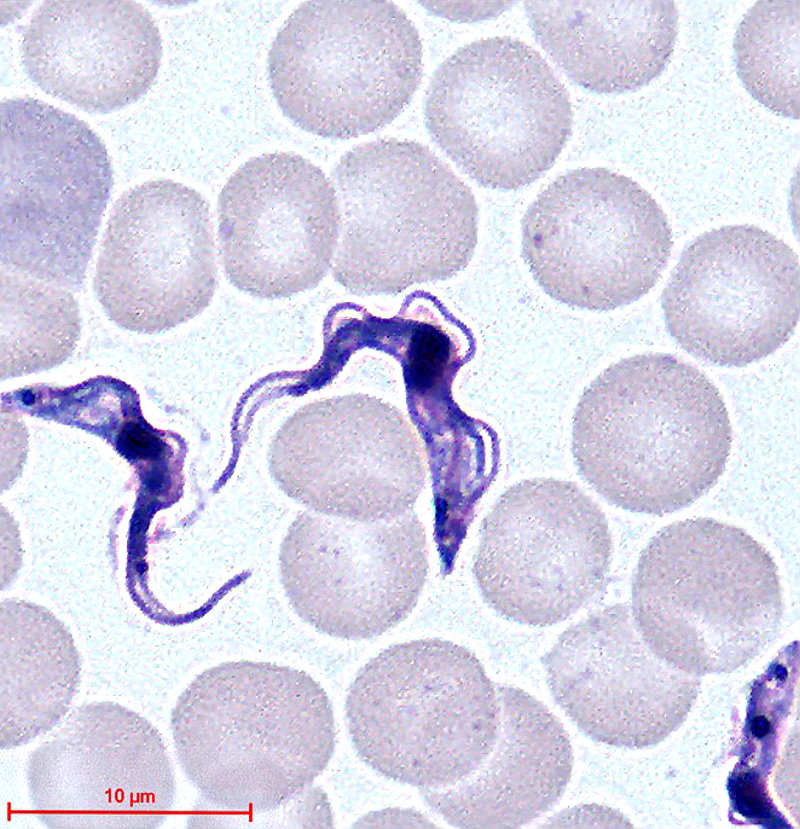
I couldn’t resist including the Toucan, because it is such a remarkable-looking bird and has such interesting characteristics. They eat fruit primarily with the occasional insect or small lizard thrown in. Because of their striking appearance, they are very well-known birds and have been used extensively to promote certain products.
Now, I know that I have been rather discouraging regarding most of the animals we have looked at in terms of adopting them as pets. Well, I found this entry on the Internet regarding Toucans.
“Toucans make excellent pets. They are friendly, cuddly, playful, intelligent and curious about their surroundings. They like to play with toys and with their owners and will give you hours of wonderful companionship. They will sit on your shoulder, cuddle in your lap, and when contented will purr like a kitten.”
That’s quite a recommendation! For people who are avian enthusiasts, that ought to clinch matters. Oh, but, here I go again: unfortunately, there are a few caveats. For starters, you will likely have to either remodel your house or build an addition. They are very active creatures and don’t like to just sit on a perch and, in the context of captivity, they demand lots of attention. They also eat a lot and frequently, which means that they defecate frequently and are quite messy. They are selective about their food and can thrive only on rather pricey fare, such as mangos, papayas, and a variety of fresh berries. To save yourself from constant demands on your time, which will be considerable in any case, you might want to consider buying toys. These will be dismantled in short order as their beaks are quite efficient tools. An additional consideration is finding a veterinarian who is knowledgeable and willing to provide care. That can be quite expensive. Your relationship with a Toucan cannot be casual, especially as they can live between 20 and 25 years. Oh, yes, I forgot to mention that you had better be fairly well-off as the average price for a Toucan the in the U.S. is about $10,000! and you may also need a permit with various fees. So, owning a Toucan is, without question, a commitment (or from my cynical point of view, someone who needs to be committed–just kidding.)
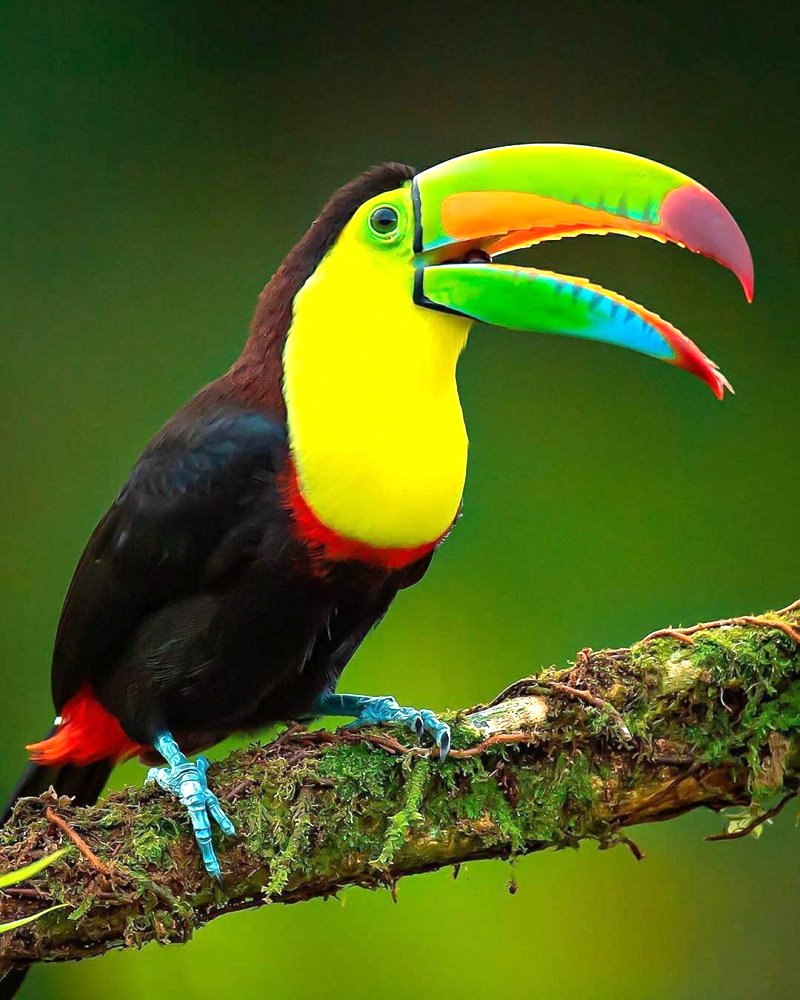
Tasmanian Devils are carnivorous marsupials. Stories abound that they attack and eat humans that wander off into the bush. These are extreme exaggerations. They avoid humans, but might extend their appetite if they happen across a dead human. They get their ferocious reputation from the incredibly powerful bite which allows them to crush bones and even bite through wire. These are basically solitary creatures and they wander miles foraging for food. Furthermore, they have musk glands capable of creating quite a stink. They are not a good pet, but then one might get that sense from just looking at the picture below.
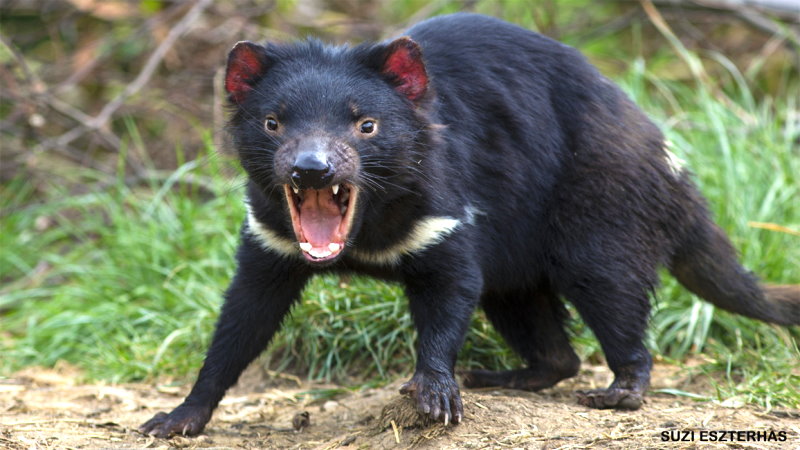
U is for Urocentrum, Uinta ground squirrel
Urocentrum is a highly entertaining and frustrating little ciliate which I call the whirling dervish of the protist world. It is entertaining because of its spinning behavior and frustrating, because as soon as you get ready to take its portrait, it goes spinning off out of your field of view. I’ll provide you with a video clip which demonstrates its behavior.
While it is stated that they play well with others, they are not very dependable as pets, because as soon as you want to play they go spinning off to seek some other entertainment.
The Uinta Ground Squirrel may be a bit of a stretch, but animals beginning with the letter “U” are rather scarce, but I picked this one because it’s quite cute and also because it’s found in Western Wyoming. These little creatures are fun to watch when you are sitting quietly after hiking up into the mountains and while you’re trying to regain your breath in the thin air. They are curious and yet defensive, emitting chirps, trills, and squeals. Probably someone has done a catalog of their sounds and significance. In camping areas, where they have become used to the intrusions of humans and bits of food, one may sometimes tempt them to come close enough to enjoy a tiny morsel. They are primarily herbivorous, but will occasionally take an insect. As cute as they are they are nervous, restless little animals and do not make good pets. Sorry.


V is for Vampyrella, Velociraptor, VIPER
Vampyrella is a group of amoebae of moderate size ranging from 10 to 70 microns in diameter. They have a series of both long and short pseudopodia. They are bright red and they attack filamentous algae using pseudopodia to breach the cell wall and then suck out the contents. You can see how they got their name. They seem partial to Spirogyra and after draining one cell, they will move on to the next one along the length of the filament. These are great pets for people who live in Transylvania.
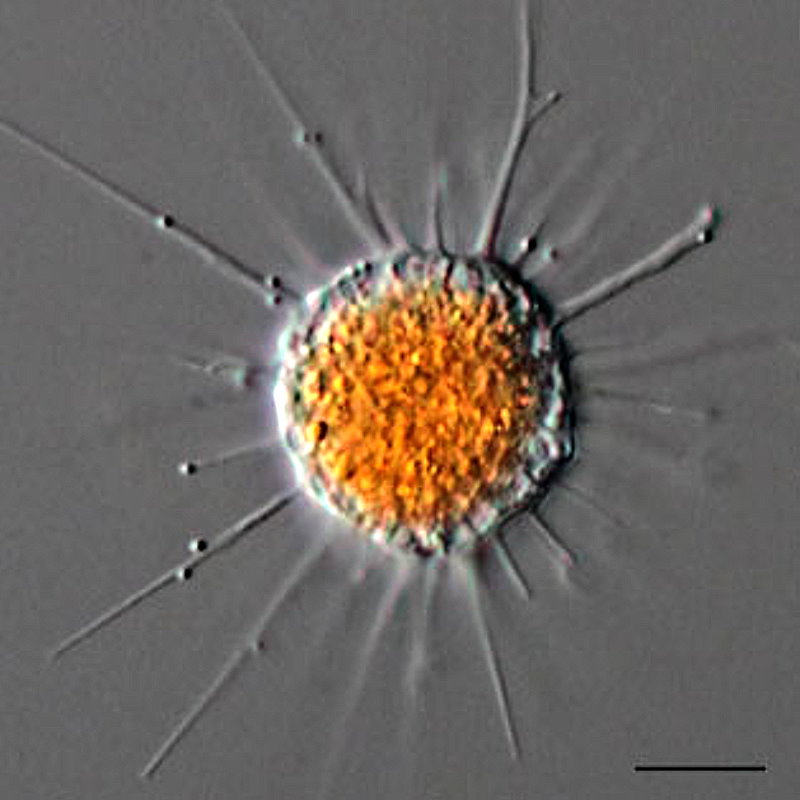
My next choice for a pet has unfortunately been rendered impossible by circumstances; it now exists only in fossil form–namely, the Velociraptor. Oh, well, perhaps, some scientist will find some DNA of one.
Vipers are venomous snakes with hollow fangs. This allows them to inject their venom into the prey or animal they are defending themselves from. The mouth can be opened very wide and the strike is very rapid. The venom becomes active and starts to digest the tissue at the site of the wound. Bite wounds are very painful and can produce extremely serious consequences and even in non-lethal attacks can produce damage that may require the amputation of a limb.
Some people like to scale sheer cliff faces on high altitude mountains, others like to go over Niagra Falls in a barrel, yet others enjoy volcano boarding, or walking on the wing of an airplane in flight. So, why not keep a viper as a pet? Well, call me a party pooper, but I give an emphatic “NO” to all of the above.
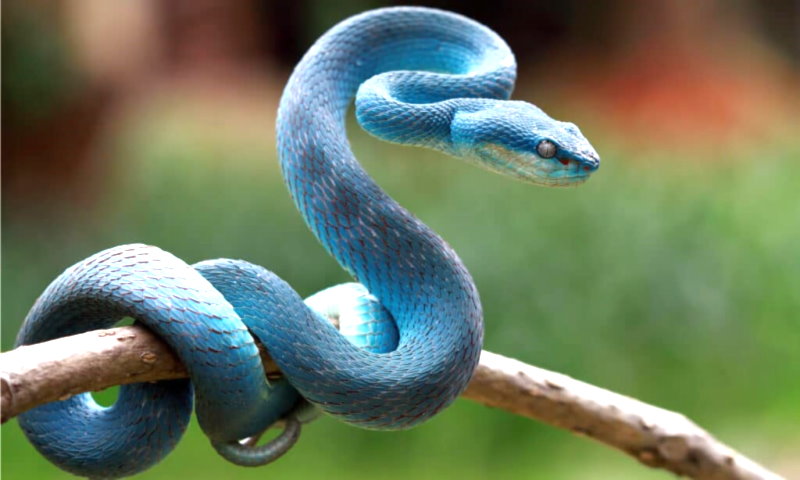
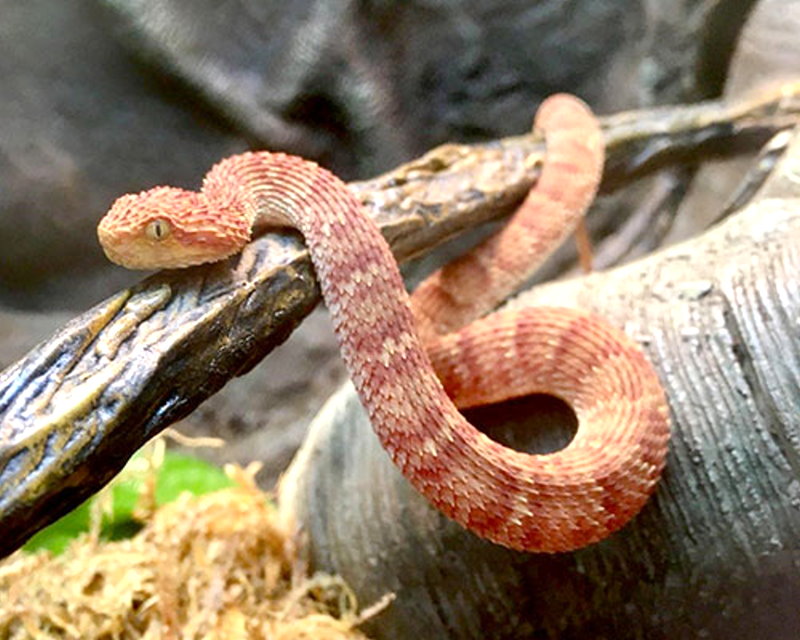
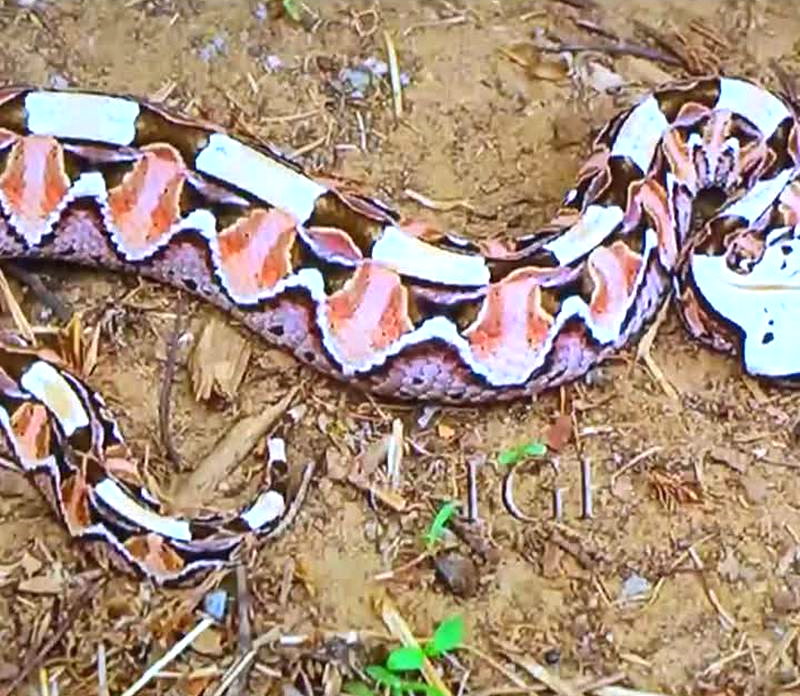
W is for Willaertia, Wombat.
Willaertia is another one of those oddball amoebae which has both a typical amoeboid stage and a flagellated stage and while it is related to the nasty Naegleria which we discussed above, this amoeba is non-pathogenic and, in fact, has a very positive aspect in that it can attack and digest the bacterium which causes Legionnaire’s disease. So, here’s a tiny helpful critter, if you can keep track of it. They tend to escape rather easily from a leash.
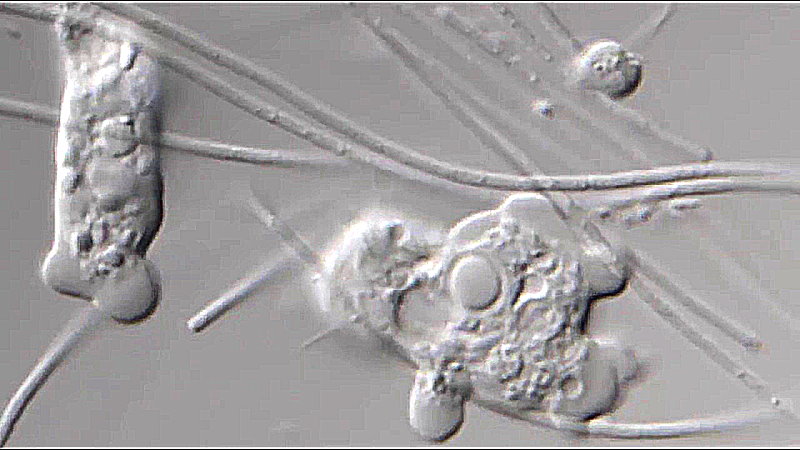
Wombats are marsupials found exclusively in Australia and Tasmania. They are diggers, have powerful claws and teeth, and they form networks of burrows. They have a distinctive adaptation in that their pouch faces backward so that when they are digging, the soil doesn’t fall onto the baby wombats. When threatened, they try to seek refuge in one of their tunnels where they can defend themselves and deliver discouraging, and sometimes fatal, blows to predators. If provoked, they can deliver serious wounds to humans through the tearing action of the claws and also bites. They are fundamentally herbivorous and have a very slow metabolism. An idiosyncratic feature is that they form distinctive cubic feces. Wombats do emphatically not make good pets in spite of their cuddly appearance, they are wild, aggressive, and so strong that they can dig or tear themselves out of most any enclosure.
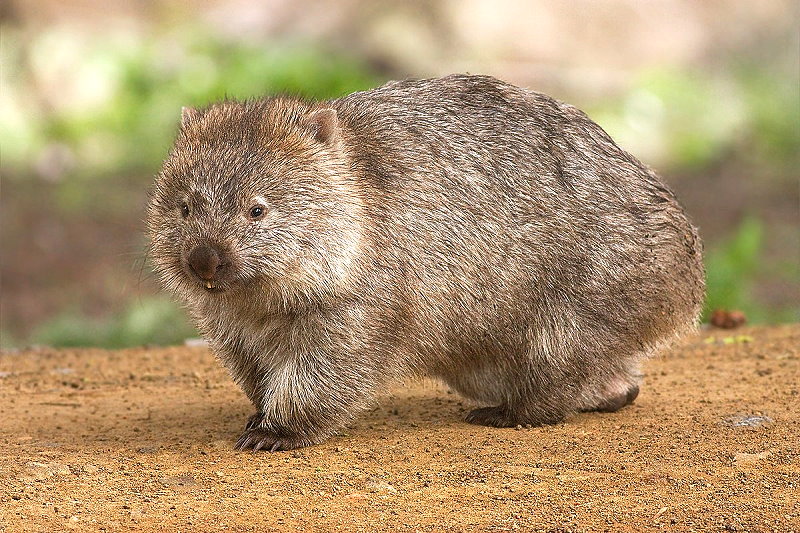
X is for Xenophyophorea, Xerus
Xenophyophorea are foraminifera which occur at great depths in the ocean and incorporate minerals so as to build a primitive kind of skeleton. These are deeply weird creatures; they are single celled, but multinucleate and some are abyssal occurring at depths of over 30,000 feet. Although they are single celled, they can accumulate such quantities of mineral material to build a “house” or test which in some species exceeds 6 inches in diameter. The mineral material can exceed 95 % of the organism. These are frequently predominately calcareous and, at one time, were thought to be sponges. The various species can vary greatly both in size, composition, and color. If you want to keep any of these in their natural state, you will need a very large and extraordinarily deep aquarium tank.
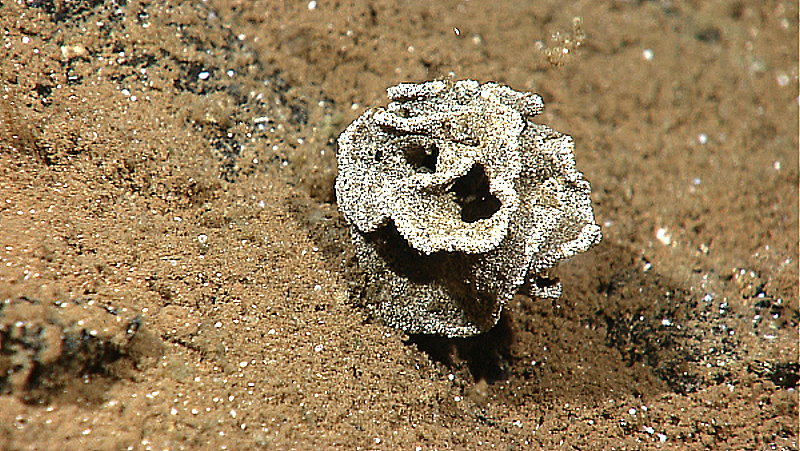
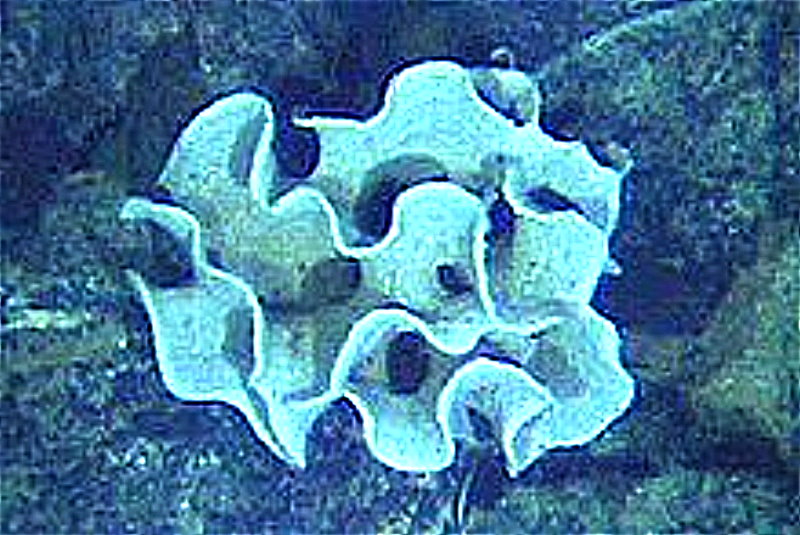
Xerus or Cape Ground Squirrels are found in Southern Africa. They are usually highly active during the day; they are burrowers. This particular squirrel is also know as the “fan tail squirrel” and it can use its very bushy tail as a thermoregulatory cover over its back. The are herbivorous with the occasional insect added to the diet. Like most all squirrels, they are not really suitable for captivity; they have very sharp claws and teeth. They will dig holes in your carpets and furniture and they will become aggressive if they feel threatened. Mother Nature, it seems, is constantly toying with us and creating cute, cuddly creatures that we would love to have share their lives with us, only to make them quite unsuitable for such a role.
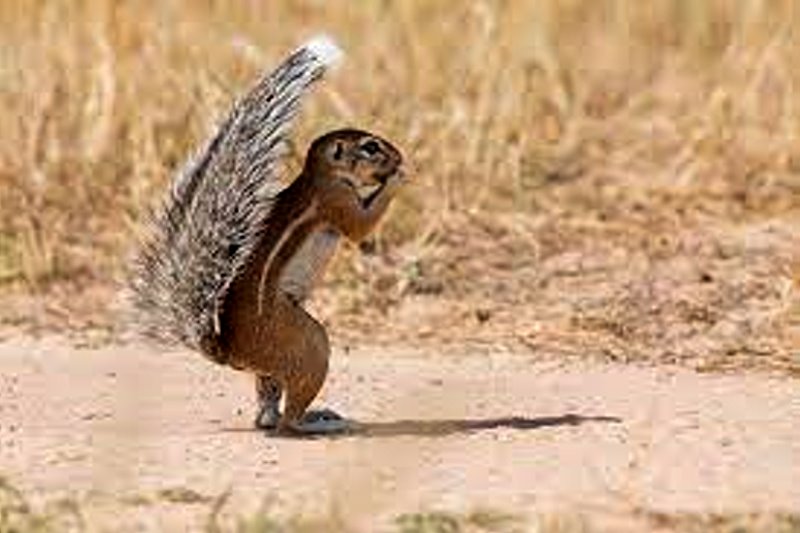
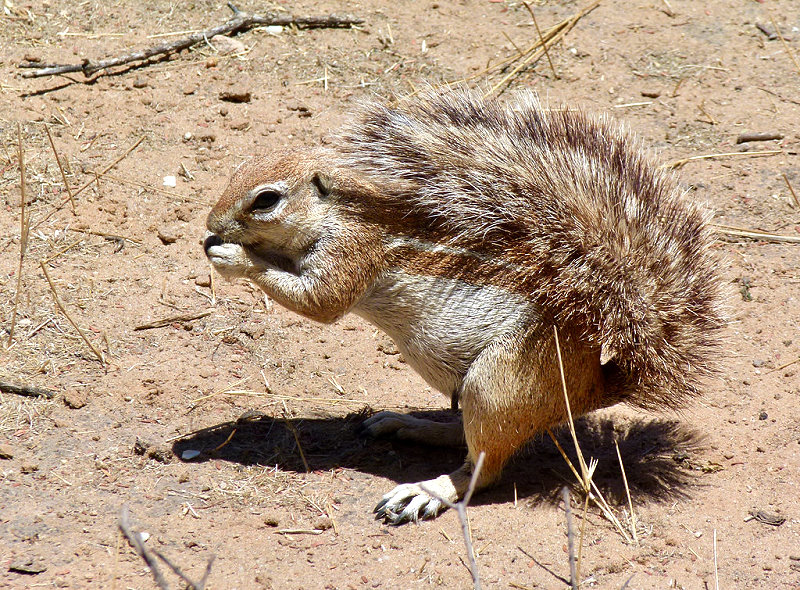
Y is for Yersina, Yak
Yersina pestis is the cause of plague also known as the “Black Death”. Different species of Yersina are thought to be the cause of other ailments, such as, certain forms of arthritis and Crohn’s disease. Humans typically get plague by being bitten by an infected flea which is usually associated with the Norwegian or brown rat. Perhaps another general reason for not trying to keep rodents as pets.
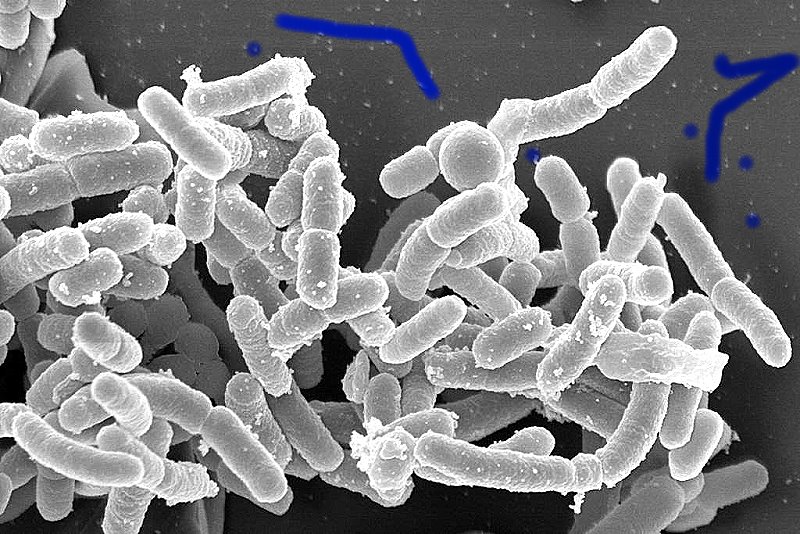
Yaks have been domesticated and often cross-bred with cattle. These can produce very lean meat and fibers which have many uses. They are fairly widely distributed across southeast Asia and up into Mongolia and parts of Siberia. It is thought that the wild Yak may be more closely related to bison than cattle. So, you want one as a pet; well, just get yourself a ranch and go for it.
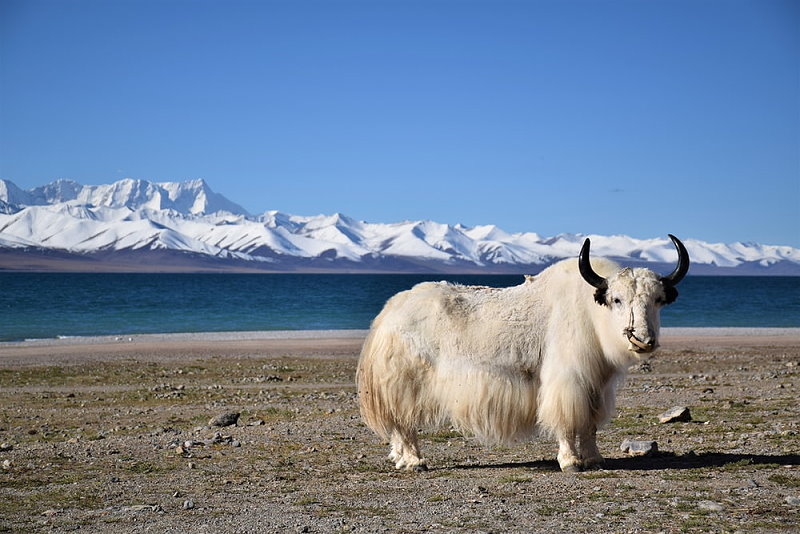
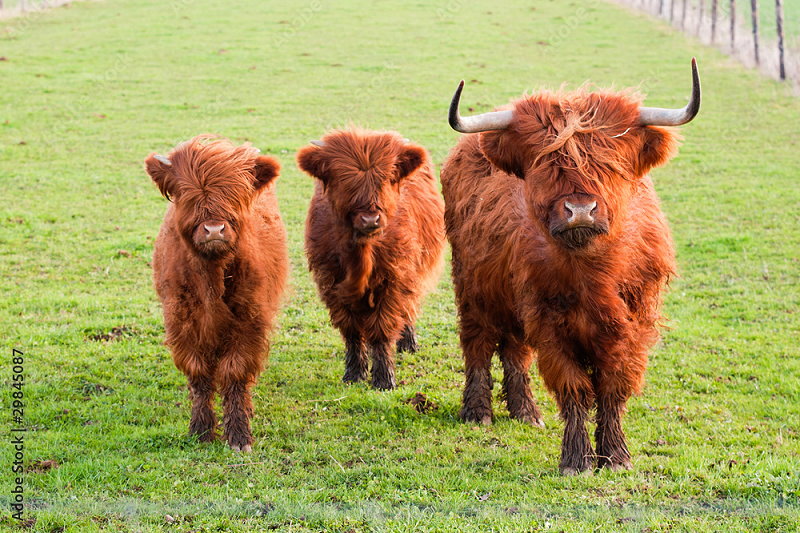
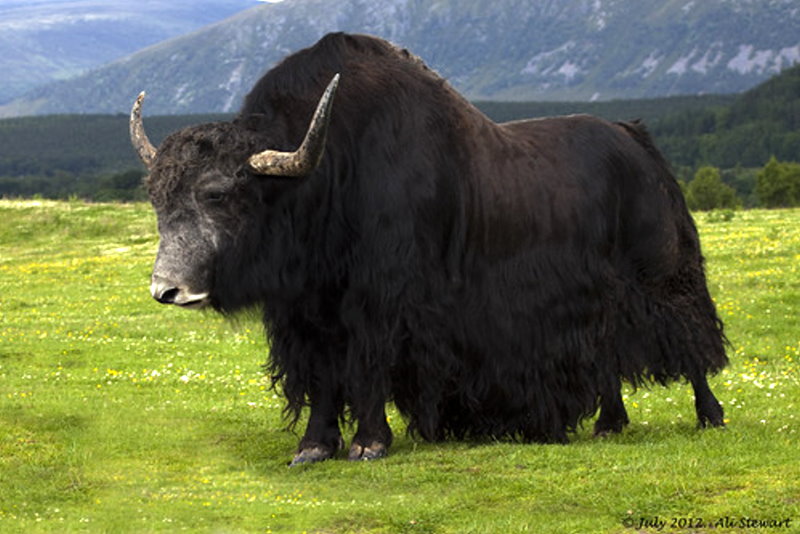
Z is for Zoothamnium, Zebra, zebra fish
Zoothamnium is a colonial ciliated peritrich. Probably the best known individual member of this group is Vorticella. Zoothamnium is attached with a set of bell-shaped zooids attached to a central stalk. Each individual zooid also has a stalk. The first image is a classical drawing of the organism and the second is a photomicrograph taken using Nomarski Differential Interference Contrast. These are wonderfully complex organisms and one can spend many hours in their company discovering quite amazing aspects both of behavior and morphology. Peritrichs in general are highly contractile and that is a delight to observe.
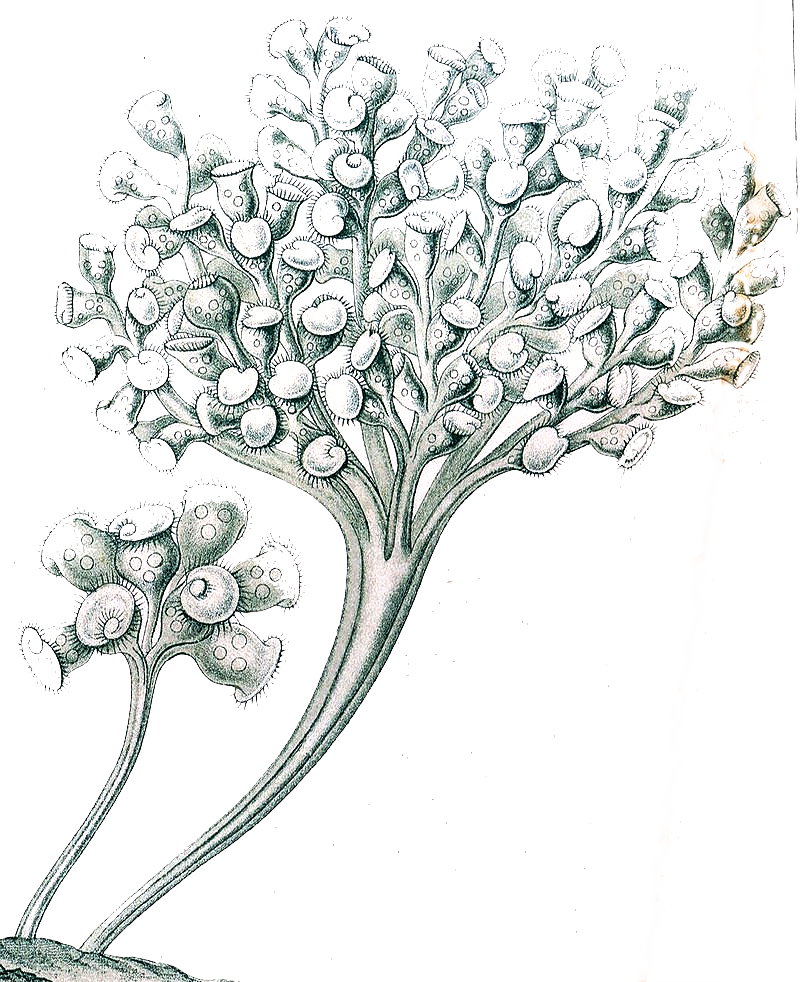
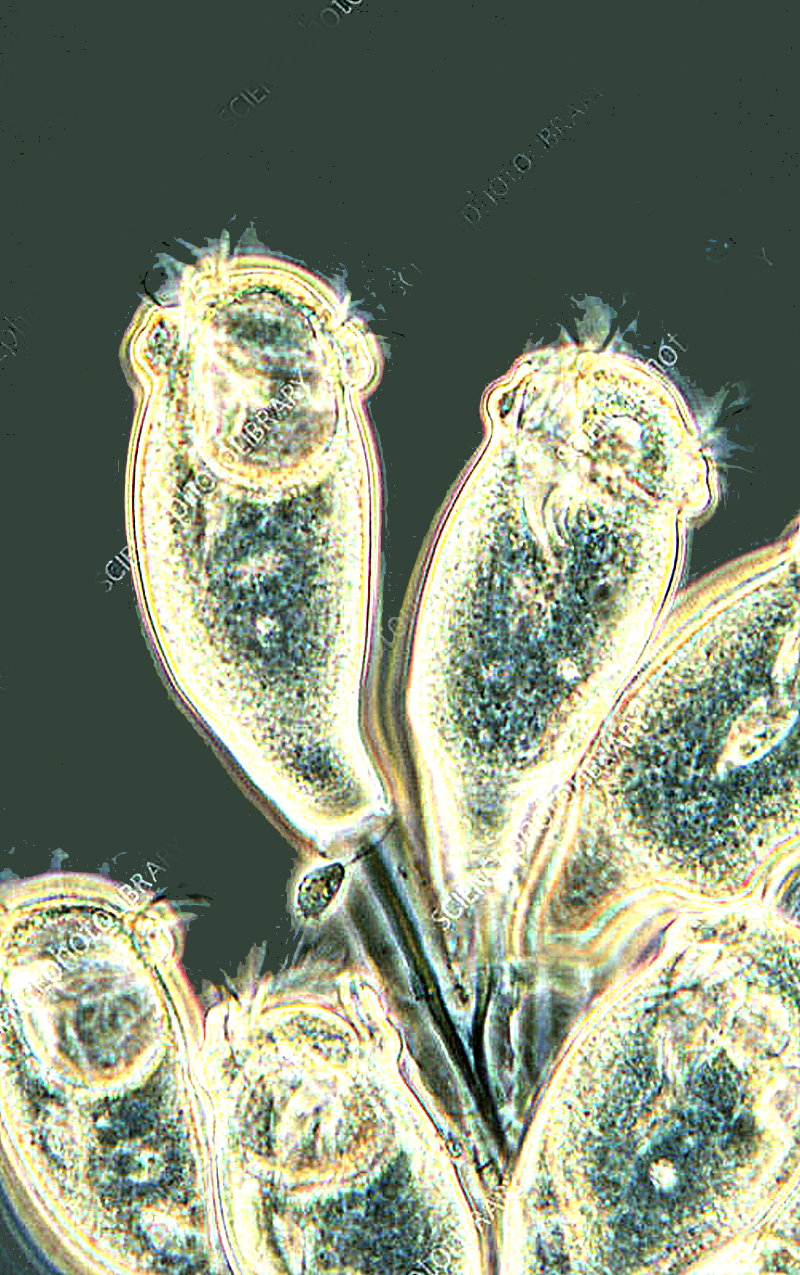
The Zebrafish is important for a wide variety of reasons as it has a cluster of extraordinary properties which have made it a research organism in a number of fields. It has remarkable powers of regeneration and that has led to many studies into areas of heart tissue and neurological strategies that might one day be applied to human beings. Furthermore, many types of drug experiments are being pursued with the possible improvement of certain treatments for some types of cancers. This small fish is so incredibly subject to genetic manipulation that a form was developed that has transparent skin, thus allowing for the observation of all kind of different internal functions. In addition, some Japanese researchers developed a transparent version that could take on a fluorescent appearance and I’ll show you examples in the second image. The first image is an unmodified zebra fish.
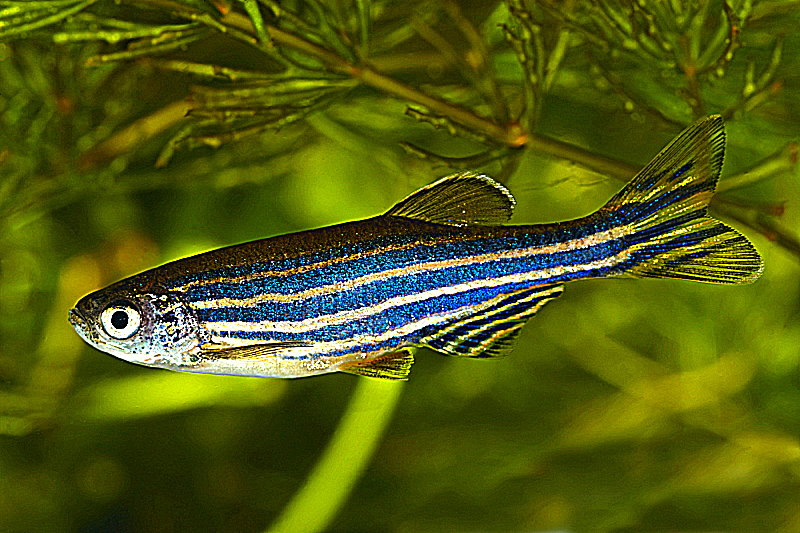
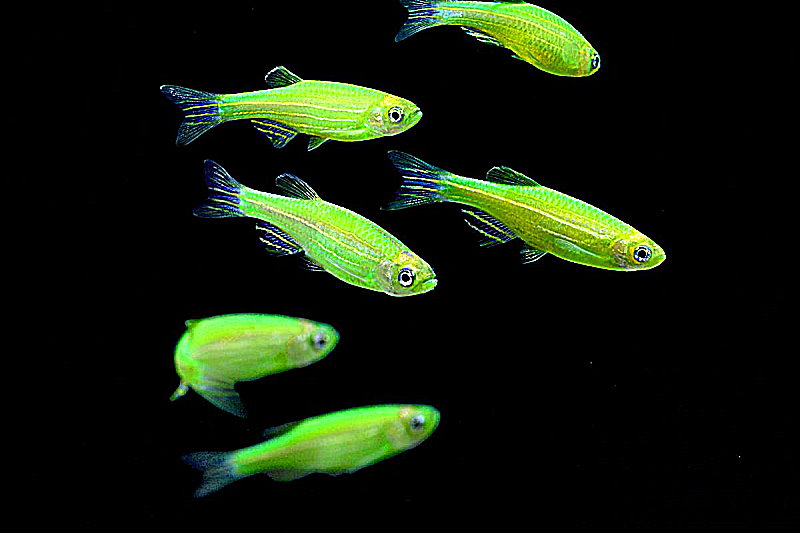
If you would like to set up an aquarium, these are good fish to work with as they are generally robust and widely available at a very reasonable price. Who knows, you might go from enjoying the antics of this little fish to becoming a Nobel Prize winner for major research contributions to the improvement of human knowledge.
Well, I don’t know about you, but I’m exhausted from this long journey and I hope we all learned something–never trust a retired philosopher to exhibit the virtue of brevity.